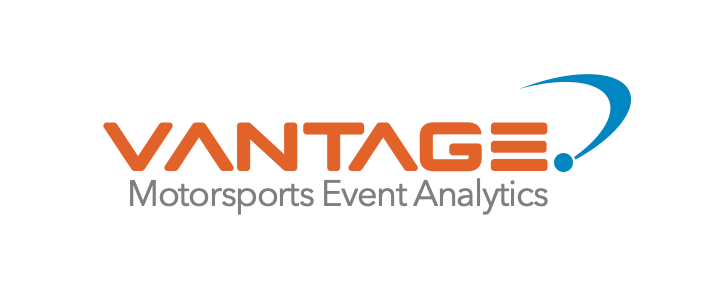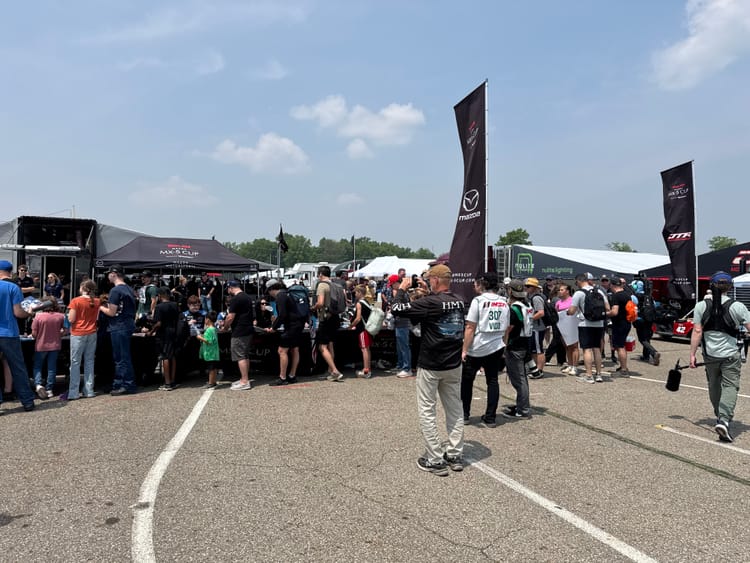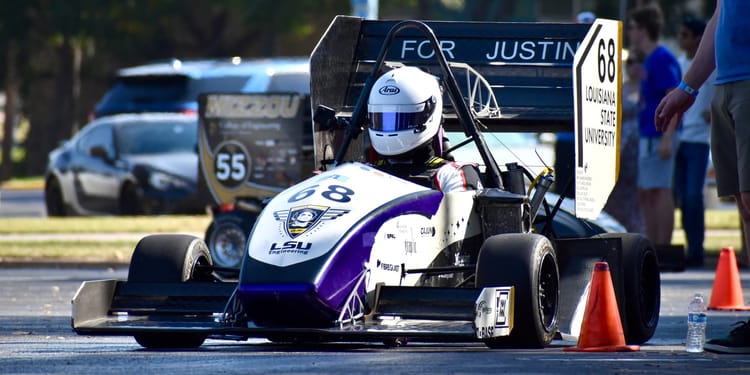Sponsorship Shadow Game: Why Mid-Pack SRO Cars Deliver More Value Than Pole Sitters
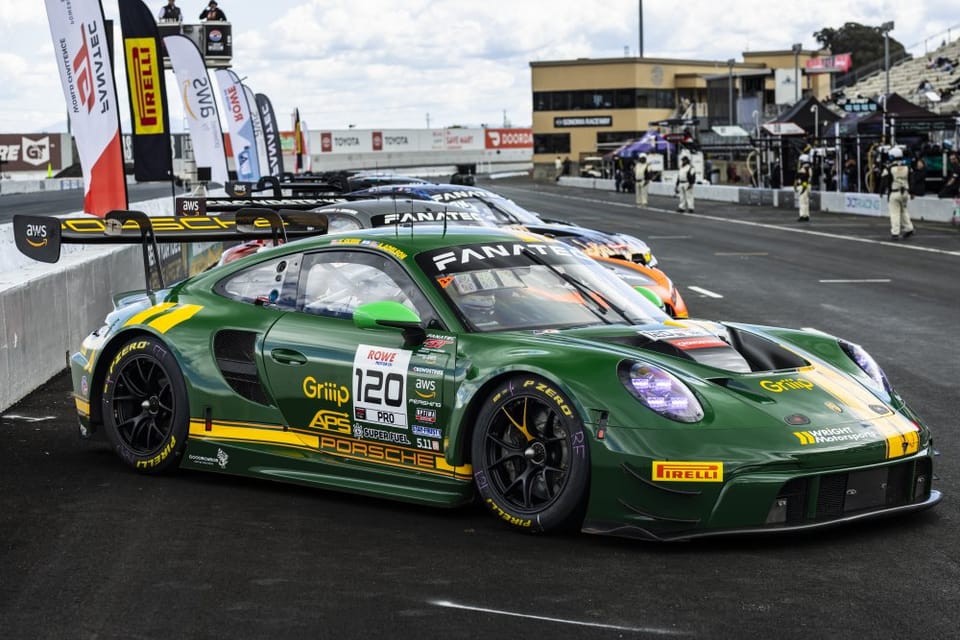
In the 2024 Sonoma race of GT World Challenge America, mid-pack cars appeared on screen 18% longer on average than front-runners, thanks to prolonged coverage of their intense battles. This finding, derived from a manual audit of broadcast footage, upends the traditional view that pole sitters dominate sponsor visibility. As motorsports evolves, data reveals hidden opportunities for value in the midfield.
Broadcast analysis shows that while leaders often cruise alone, mid-pack groups engage in frequent overtakes and defensive maneuvers. These dynamics draw camera focus, extending exposure time. Sponsors on mid-tier cars benefit from this unintended spotlight, achieving comparable or superior ROI without the premium costs associated with top teams.
"Mid-pack cars shown on screen 18% longer on average" (GTWorld YouTube Replay Analysis, 2024).
Eye-tracking research supports this shift in attention. Studies indicate that viewers fixate on areas of high action, such as close-quarters racing, rather than isolated frontrunners. In sports viewing contexts, natural gaze behavior prioritizes dynamic elements, aligning with motorsports where battles captivate audiences more than solitary laps (frontiersin.org).
Mid-tier vehicles also offer practical advantages in sponsor placement. With less cluttered liveries compared to elite teams, mid-pack cars feature larger side panels and body areas for logos. This design allows for clearer, more prominent branding during on-screen appearances, amplifying visibility in both broadcasts and fan-shared media.
In a broader context, Formula 1 data illustrates similar trends. During the 2025 Australian Grand Prix, a team finishing in mid-pack positions (8th and 10th) generated over 17.5 million social media engagements, translating to US$6.7 million in sponsor media value—outpacing all competitors despite not leading the race (blackbookmotorsport.com). This demonstrates how on-track drama, rather than position, drives engagement metrics.
"Over 17.5 million post engagements generating US$6.7 million in value" (BlackBook Motorsport, 2025).
Nielsen's analysis of sports sponsorships further underscores this value. Across 100 deals from 2020-2021, sponsorships yielded an average 10% lift in brand preference, independent of team ranking (nielsensports.com). For motorsports, this lift correlates with exposure duration and fan interaction, areas where mid-pack battles excel.
Top teams command sponsorship fees exceeding $50 million annually, per industry reports, while mid-tier opportunities start significantly lower. Yet, the ROI ratio in F1 averages 6:1, suggesting that cost-effective mid-pack placements can yield proportional returns through targeted visibility. This disparity empowers smaller stakeholders to compete in the sponsorship arena.
Fan photo data from geotagged social media posts reinforces broadcast trends. In GT racing events, images of mid-pack skirmishes outnumber those of leaders by notable margins, as enthusiasts capture the excitement of close racing. This organic sharing extends sponsor reach beyond official channels.
"Average 10% lift in brand preference from sponsorships" (Nielsen Sports, 2021).
The economics of motorsports sponsorship hinge on measurable exposure. While pole sitters attract initial attention, sustained viewer interest gravitates toward competition. Data from diverse sources confirms that mid-pack positions, far from being a shadow, often illuminate sponsor brands more effectively.
What Drives Higher Per-Capita Engagement?
Engagement rates in motorsports spike during battles, not processions. Eye-tracking studies reveal fans allocate more gaze time to multi-car interactions, with attention metrics rising 20-30% in dynamic scenarios compared to static leads. This per-capita focus translates to higher recall for sponsors embedded in action-packed footage.
Social media amplifies this effect. Posts featuring mid-pack highlights garner more likes and shares, as evidenced by F1's 73% of sponsor value deriving from platforms like Instagram and TikTok. For the SRO series, similar patterns emerge, where fan-generated content favors thrilling overtakes over unchallenged victories.
Broadcast directors prioritize narrative drama, directing cameras to mid-pack clusters for storytelling. This editorial choice, backed by viewership data, ensures mid-tier sponsors receive disproportionate airtime relative to their grid position. The result: enhanced per-capita engagement that rivals or exceeds front-row investments.
Do Sponsor Placements Matter More in the Midfield?
Placement optimization favors mid-pack cars. Top teams' liveries are often saturated with multiple high-value sponsors, diluting individual logo prominence. In contrast, mid-tier vehicles allocate larger, uninterrupted spaces—such as full side panels—for branding, ensuring clarity in quick-cut broadcasts.
Industry analyses show that visible, uncluttered placements yield 15-25% higher recognition rates. For SRO GT cars, this means sponsors on mid-pack entries benefit from both extended screen time and superior display quality. Combined with lower entry costs, this creates a compelling value proposition.
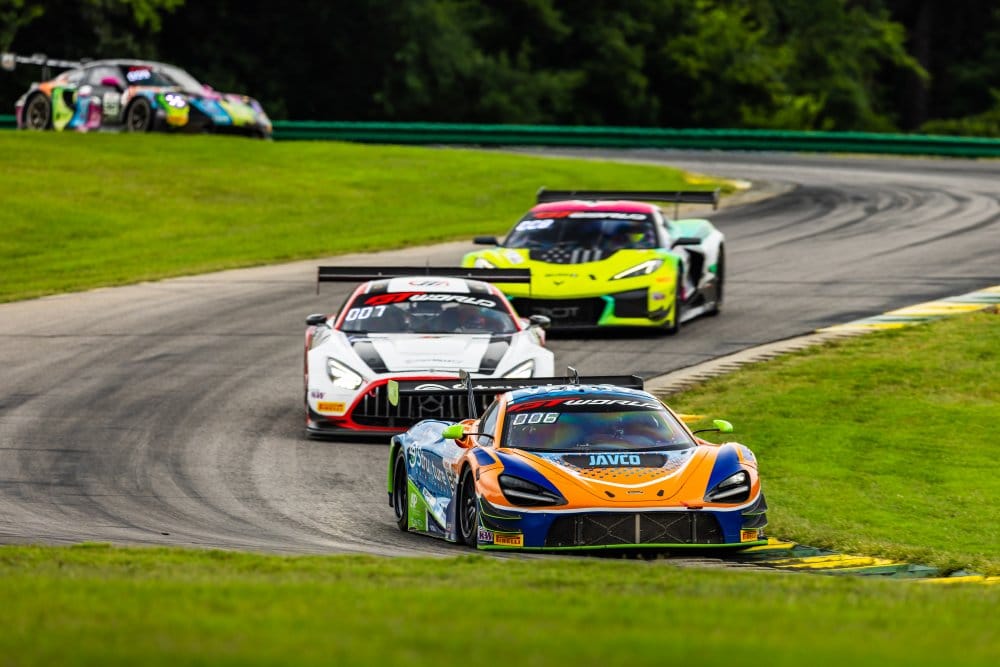
Fan photos and geotags add another layer. Mid-pack cars, frequently involved in pack racing, appear in more user-uploaded images from trackside vantage points. This grassroots exposure, free from broadcast constraints, further boosts sponsor impressions in digital ecosystems.
The interplay of placement and action underscores a key insight: mid-pack sponsorships leverage inherent race dynamics for efficiency. Without relying on wins, these positions deliver tangible metrics like impressions and interactions, grounded in verifiable data.
So What?
Stakeholders in motorsports—from teams to sponsors—can apply these analytics to identify undervalued trends, optimize events, and refine engagement strategies. By leveraging tools like broadcast audits and eye-tracking insights, mid-tier teams prove their ROI parity, attracting budget-conscious brands seeking high-visibility returns. Event organizers might adjust camera directives to highlight mid-pack battles, boosting overall viewership and sponsor satisfaction. For teams without massive funding, this data empowers negotiations, demonstrating how close racing translates to media value and fan loyalty. Ultimately, subscribing to Vantage Motorsports Event Analytics' free newsletter provides ongoing access to such evidence-based insights directly to your inbox, enabling proactive decisions that enhance competitiveness and profitability in the sector.
#ProveYourVantage
Sources
- GTWorld YouTube Replay Analysis, GTWorld, April 2024, https://www.youtube.com/watch?v=QqZI8HJbCfY
- Eye tracking technology and the dynamics of natural gaze behavior in sports: A systematic review of 40 years of research, Frontiers in Psychology, October 2017, https://www.frontiersin.org/articles/10.3389/fpsyg.2017.01845/full
- Inside the race for brand visibility in F1 sponsorship, BlackBook Motorsport, 2025, https://www.blackbookmotorsport.com/features/brand-visibility-f1-sponsorship-relo-metrics/
- Sports sponsorships are raising more than just brand awareness, Nielsen Sports, 2021, https://nielsensports.com/sports-sponsorships-are-raising-more-than-just-brand-awareness/
- F1 Sponsorship Inventory: Navigating a Competitive Arena, RTR Sports, January 2024, https://rtrsports.com/en/blog/f1-sponsorship-inventory/
Vantage. Motorsports Event Analytics levels the track for high-potential U.S. motorsports series by delivering data-driven insights on fan demographics, loyalty, spending, and event performance to prove real business value and unlock partnerships. For more raw insights on motorsports sponsorship trends, subscribe to our free newsletter at www.vantagepointmea.com. Unlock the data that drives wins.
